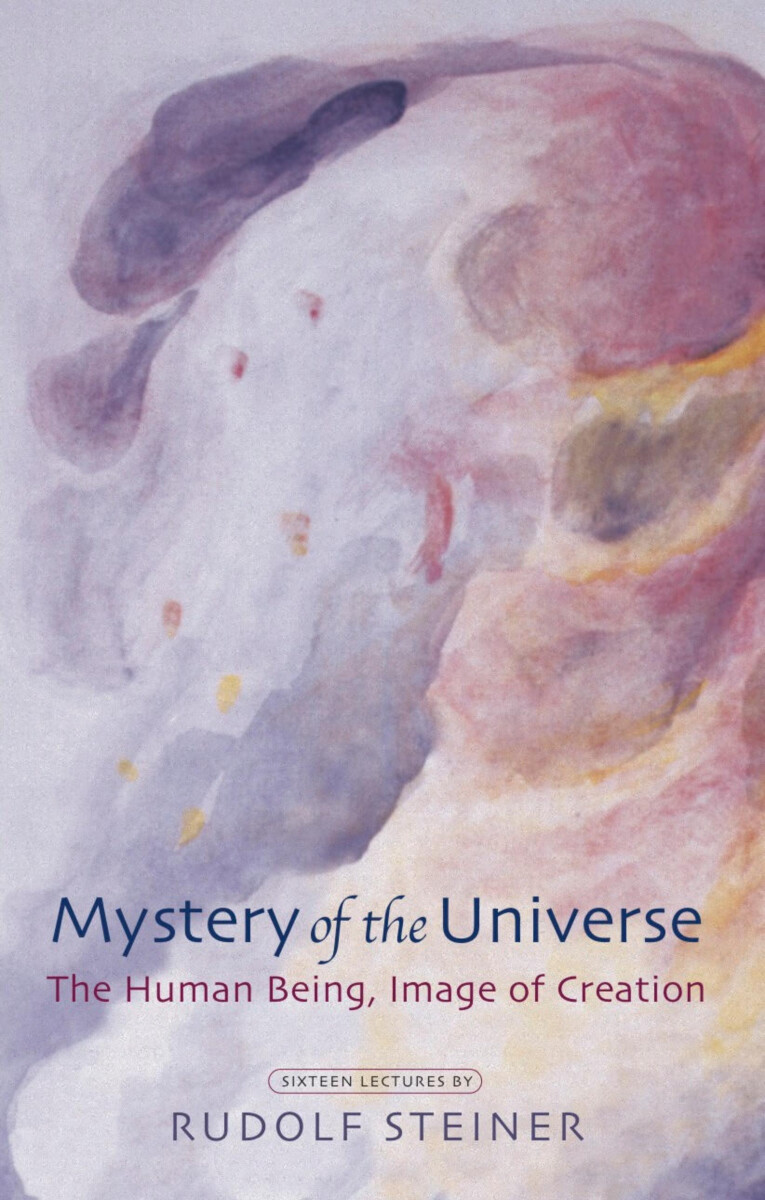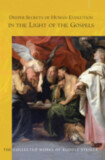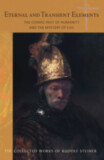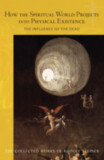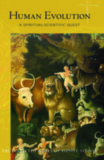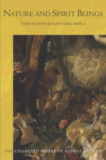Mystery of the Universe
The Human Being, Image of Creation (CW 201)
Introduction by Gilbert Childs
Translated by George Adams and Mary Adams
Revised by Matthew Barton
- Publisher
Rudolf Steiner Press - Published
5th July 2001 - ISBN 9781855840690
- Language English
- Pages 240 pp.
- Size 5.5" x 8.5"
16 Lectures, Dornach, April 9 – May 16, 1920 (CW 201)
What is the ultimate secret of the universe? In these eloquent lectures, Steiner describes the human being as the model of creation and the primary focus of the cosmos. He talks extensively of our intimate connection with the constellation of cosmic forces, the zodiac, and the planets.
The ancient Mystery traditions called individuals to "know thyself!" Rudolf Steiner tells us that this maxim does not ask us to subjectively study our own personal character but to understand our true, archetypal human nature and our decisive place in the universe. As human beings, we will progress and evolve in a real sense only by understanding our human nature and the surrounding spiritual forces - as microcosms within the greater macrocosm.
This book contributes significantly to the development of the contemporary spiritual science of the human being.
This volume is a translation from German of Der Mensch in Zusammenhang mit dem Kosmos 1: Entsprechung zwischen Mikrokosmos und Makrokosmos Der Mensch - Eine Heiroglype des Weltenalls (GA 201). A previous edition was published as Man: Hieroglyph of the Universe.
CONTENTS & LECTURE SYNOPSES:
Introduction by Gilbert Childs
1. April 9: Natural necessity and human freedom. Abstract dimensions of space. Concrete planes of thinking, feeling, and willing in man.
2. April 10: Polarity between head and the rest of the body. Metamorphosis and reincarnation. Abstraction and Imagination.
3. April 11: The three cosmic planes and the zodiac. Nature and freedom. Yearly rhythm and seven-year periods. The second dentition. Heart and blood circulation.
4. April 16: Three worlds: the world of the senses, of respiration, and of metabolism. The Platonic year. Nutation periods and their reflection in the life of soul. Antithesis of cosmic ether and earthly matter. Sun and moon. Christ and Jehovah.
5. April 17: Man’s astral body and the zodiac. Unconscious bodily processes. Four spheres: complete form, internal motion, organic activity, assimilation.
6. April 18: Cosmic evolution. Metabolism. Organic forces. Movements of the sun, earth, and planets. The Platonic year. Human freedom.
7. April 23: Goethe and his theory of colors. Aftereffects and memory. Metamorphosis and reincarnation. Day, week, year. Second dentition. The principle of “inside out reversal.”
8. April 24: Body, soul, spirit, and their relation to earth, planets, and fixed stars. Materialism. Matter, ether, and astrality. Man and animal. Theories of relativity.
9. April 25: Waking life and sleep. “Upper” and “lower” in man and in the cosmos. Hands and feet. Materialism and knowledge of the spirit. The Mystery of Golgotha.
10. May 1: Ideation (or thought) and will. The nervous system. Digestion. Copernicus. Jehovah and Lucifer. Sleeping and waking.
11. May 2: Day and year. Summer and winter. Rotations of the planets. The path of the planetary system. Dimensions and cosmic space.
12. May 8: Science and belief. Paganism and Christianity. Rotations of the moon. Human memory. Solar astronomy and lunar astronomy.
13. May 9: Man and the elements of earth and water. Egyptian astronomy. The Sun mystery. Materialism and Christianity. Darwinism. The cosmic significance of the Christ.
14. May 14: Natural science and Christianity. Conservation of energy. Annihilation of substance. Sun, moon, fixed stars, and their astronomical paths. Jehovah and Lucifer. Saros periods.
15. May 15: Evolution and degeneration. Materialism of the modern age. Ancient Isis wisdom. Light and air. Man as microcosm. Blood circulation. Earth, planets, and fixed stars. Nervous system and brain. Negative matter of the sun.
16. May 16: Oriental and Western conceptions of the universe. The nature of heat. Pure thought. Polarity of Grail knighthood and Parsifal. Annihilation of matter and liberation of the spirit. The Christ impulse and the cosmic future of mankind.
Publisher’s Note
Rudolf Steiner
Rudolf Steiner (b. Rudolf Joseph Lorenz Steiner, 1861–1925) was born in the small village of Kraljevec, Austro-Hungarian Empire (now in Croatia), where he grew up. As a young man, he lived in Weimar and Berlin, where he became a well-published scientific, literary, and philosophical scholar, known especially for his work with Goethe’s scientific writings. Steiner termed his spiritual philosophy anthroposophy, meaning “wisdom of the human being.” As an exceptionally developed seer, he based his work on direct knowledge and perception of spiritual dimensions. He initiated a modern, universal “spiritual science” that is accessible to anyone willing to exercise clear and unbiased thinking. From his spiritual investigations, Steiner provided suggestions for the renewal of numerous activities, including education (general and for special needs), agriculture, medicine, economics, architecture, science, philosophy, Christianity, and the arts. There are currently thousands of schools, clinics, farms, and initiatives in other fields that involve practical work based on the principles Steiner developed. His many published works feature his research into the spiritual nature of human beings, the evolution of the world and humanity, and methods for personal development. He wrote some thirty books and delivered more than six thousand lectures throughout much of Europe. In 1924, Steiner founded the General Anthroposophical Society, which today has branches around the world.


